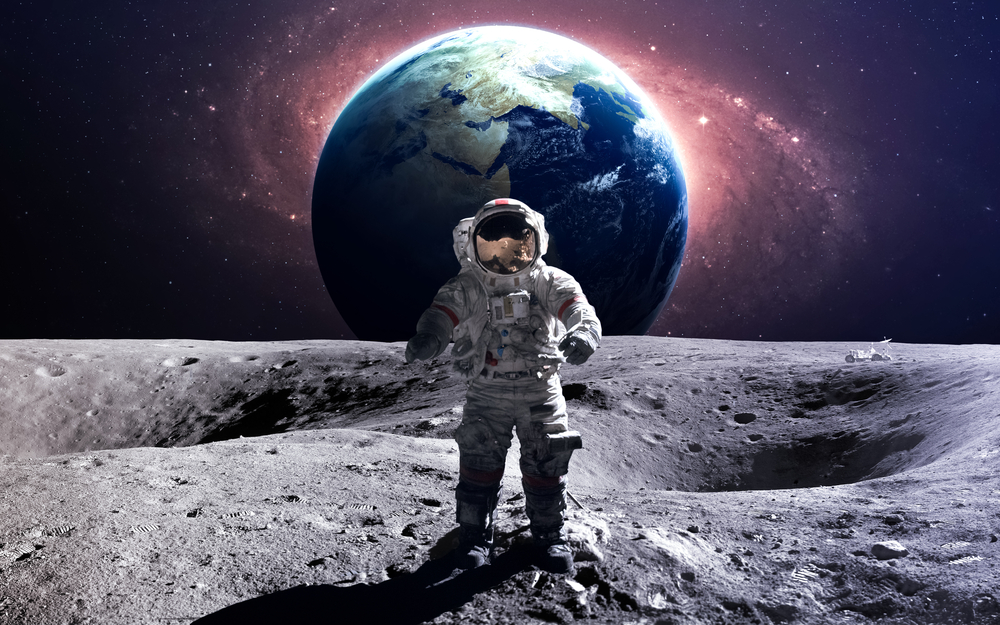Space Tourism may finally be within our reach. Elon Musk’s SpaceX plans on shuttling two -we assume extremely wealthy- passengers to go to the Moon in 2018. Like the potential passengers of prior attempts at private spaceflight, these unnamed passengers have already paid a significant deposit. But unlike the failed Virgin Galactic and others, a very tangible date has been set for the flight itself.
Musk also wants the SpaceX flight to go further out than the furthest crewed spaceflight has already gone. He wants to beat NASA’s 249,000 mile sprint that Apollo 13 had. Though, we should hope that this mission would have far fewer complications than Apollo 13 did.
The trip itself is estimated to be about a week long, and it will only orbit the moon rather than land on the surface. This makes sense, as it follows in the footsteps of the Apollo program prior to it. First you have a successful orbit, then you work on landing. Also SpaceX currently does not have the hardware to facilitate a successful landing and takeoff from the Moon’s surface. Though I think it would be naive to think they are not working on landing craft.
Passengers will be taken to the moon in the Dragon capsule and will be propelled by the unbelievably cool and reusable Falcon 9 Heavy rocket. Currently, the Dragon capsule is used for commercial resupply missions to the International Space Station and does not have approval for human flight, in addition, the Falcon 9 Heavy remains untested which is a bit concerning. That is soon to change though, as SpaceX has secured a contract to take NASA Astronauts to the ISS around mid 2018. SpaceX was able to secure this because NASA is looking to weaken its dependency on RosCosmos’ Soyuz capsules for travel to the ISS. Sufficed to say, the Dragon capsule will obtain human spaceflight approval prior to these two private citizens launch for their extreme vacation.
While the “crew” would need to train for emergency procedures in the capsule, they will not be piloting it. The capsule, SpaceX says, will largely be autonomous. I would hope so, if it is a vacation that someone would have to pay somewhere around 80 million per seat for. SpaceX says that the upgrades for the capsule will be minimal and mostly focus around the communication devices. As the Dragon capsule has only ever been cargo based, it has always needed autonomous and ground controlled systems. It does not appear that SpaceX plans on deviating from that idea in this instance.
If I had to guess, SpaceX will probably continue to improve and rely on their autopilots with minimal human intervention. This is because they plan on sending hundreds of thousands of people to live in permanent residences on Mars, it is far easier and cheaper -probably also far safer- to have computers do the leg work on such missions, rather than training a small army of humans to do the complex calculations and flight controls necessary for a successful mission. My only hopes are, as a Space loving individual, is that somehow SpaceX finds ways to reduce these costs because I would undoubtedly enjoy such a vacation in my lifetime.
If you liked this article, follow us on Twitter @themerklenews and make sure to subscribe to our newsletter to receive the latest bitcoin, cryptocurrency, and technology news.

